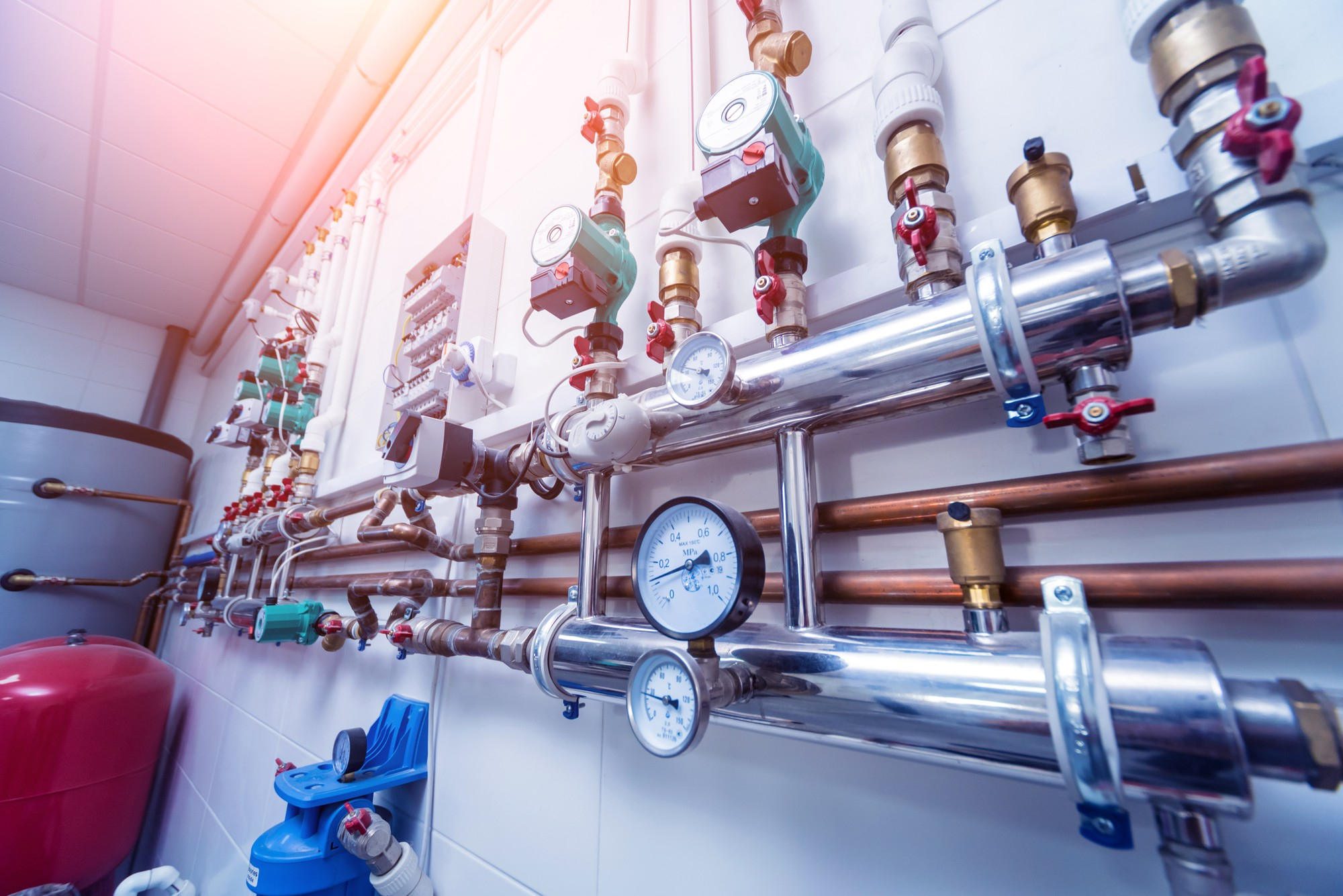History of heat pumps
The development of heat pump technology dates back to the 19th century: Frenchman Nicolas Carnot published the first principles of heat pump operation in 1824. The first ground source heat pump was put into operation in the USA in 1945, it was equipped with a compressor with a nominal power of 2 kW, and it powered the air heating system with the help of a fan. Since then, heat pumps for space heating and hot water generation have become a reliable and environmentally friendly heating option.
Principle of operation
The principle of operation of the heat pump is based on the technology of a well-known device such as a refrigerator. Generally, the heat pump uses heat from the surroundings, requiring only a small amount of electricity to drive the processes and the circulation pump. Depending on whether it is energy from air, soil or water, the principle of operation is slightly different.
So how does a heat pump work?
When it gets really chilly outside, it is only a matter of time before it gets chilly in the building as well, as heat always moves in the direction of temperature changes: from warmer to cooler. It is a seemingly inevitable natural law that “goes around” the heat pump by performing a trick. Thanks to it, it is possible to transfer heat in the opposite direction, i.e. from a cool space to a warmer one.
How is this possible?
The first stage of the heat pump’s operation is collecting and transferring heat from the heat source. The evaporator is responsible for this stage. When heat goes to the compressor, this is where its pressure and temperature are raised. The condenser takes over the refrigerant already in gaseous form. At this point, the heat energy is transferred to the upper source. The result of the condenser operation is the condensation of the refrigerant. After passing the expansion valve, the refrigerant returns to the evaporator. The entire process is repeated continuously while consuming a small amount of electricity.
Heat pumps also have a refrigerant gas circuit. In air source heat pumps, it is the outside air that heats the refrigerant.
The heated building has a heating installation and heat storage tanks. Usually, water circulates in it as a heating medium. The water absorbs the heat that the refrigerant gives off in the condenser during condensation and directs it to a distribution system such as radiant heating or radiators, to a heating water or domestic hot water tank.

